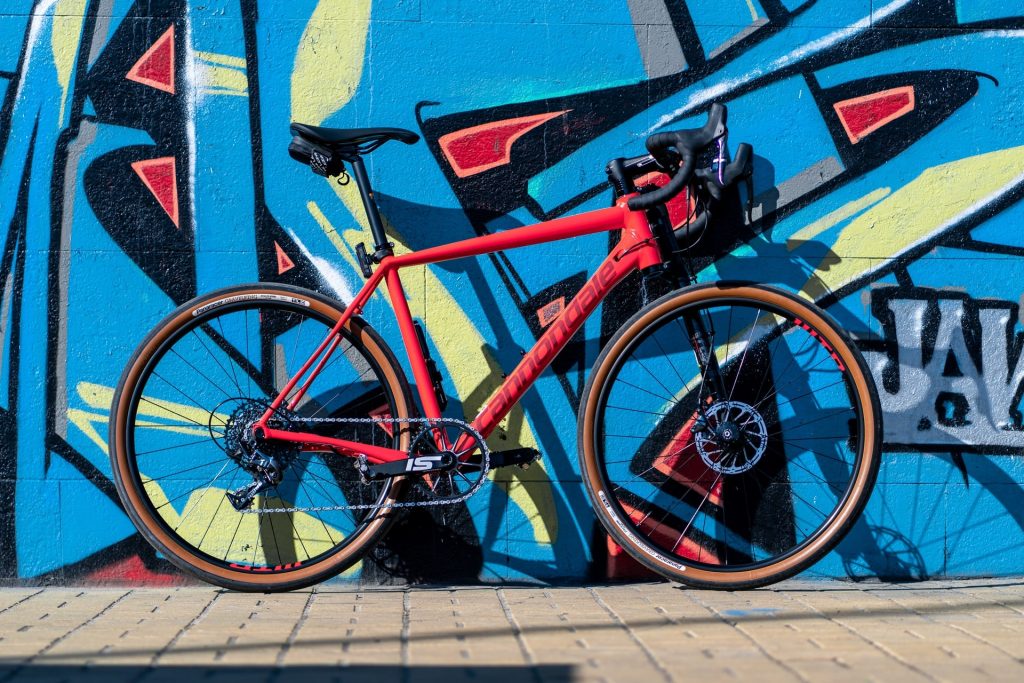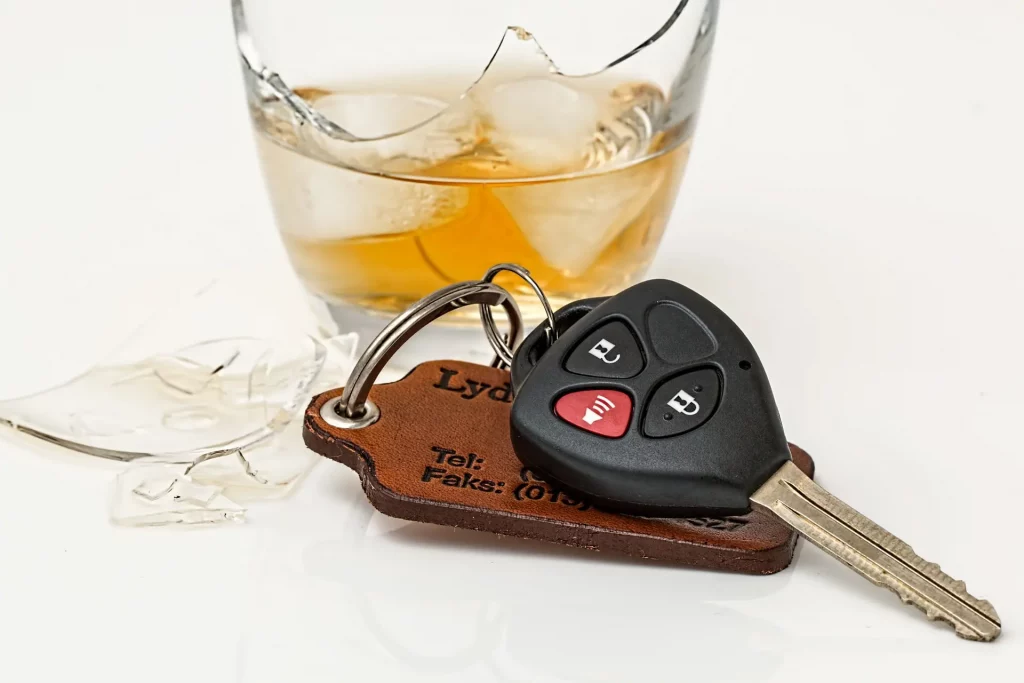New York City, the city that never sleeps, is known for its vibrant culture, iconic skyline, and bustling streets. However, another characteristic that locals and visitors alike are all too familiar with is the city’s notorious traffic. Whether you’re a resident or a tourist, understanding the worst traffic times in New York City can help you plan your journeys more effectively and, most importantly, keep you safe on the roads.
At Rosenberg & Rodriguez, we specialize in personal injury law, and road safety is a topic we’re deeply passionate about. In this blog post, we’ll explore the peak traffic times in NYC, the risks associated with navigating through heavy traffic, and offer tips on how to protect yourself and your passengers.
Understanding NYC Traffic Patterns
New York City’s traffic patterns are influenced by several factors, including the city’s population density, the influx of tourists, and its status as a major business hub. The city’s public transportation system is extensive, yet many still rely on personal vehicles, taxis, and ride-sharing services, contributing to congestion.
Morning Rush Hour
The morning rush hour in NYC typically begins around 6:00 AM and can last until 10:00 AM. This is when commuters from the outer boroughs and surrounding areas flood into Manhattan for work. Congestion is most severe on major entry points like the George Washington Bridge, Lincoln Tunnel, and the Queensboro Bridge. If you find yourself on the road during these hours, prepare for slow-moving traffic and packed streets.
Evening Rush Hour
After a bustling day in the city, the evening rush hour begins, generally starting around 4:00 PM and stretching until about 7:00 PM. During this time, the reverse migration occurs, with workers heading back to their homes outside of Manhattan. Major arteries such as the FDR Drive, West Side Highway, and Brooklyn-Queens Expressway (BQE) see heavy traffic. The combination of tired drivers and congested roads can increase the risk of accidents during these hours.
Weekend Traffic
While weekdays have defined rush hours, weekends in NYC experience their own unique traffic patterns. With tourists and locals alike heading to popular destinations such as Times Square, Central Park, and various cultural events, traffic can be unpredictable. Saturday afternoons and Sunday evenings are particularly congested, especially near bridges and tunnels leading out of the city as visitors return home.
Risks Associated with Heavy Traffic
Navigating NYC traffic isn’t just about patience; it’s also a matter of safety. Congested roads increase the likelihood of traffic accidents. Here’s why:
Increased Stress Levels
Traffic can be stressful, and stress often leads to aggressive driving behaviors. Tailgating, frequent lane changes, and road rage incidents are all heightened risks during peak traffic hours.
Limited Visibility and Reaction Time
In heavy traffic, your ability to see what’s ahead may be compromised by the sheer number of vehicles around you. This limitation can restrict your reaction time, making it harder to avoid sudden stops or unexpected maneuvers by other drivers.
Higher Incidence of Rear-End Collisions
Stop-and-go traffic is a breeding ground for rear-end collisions. These types of accidents are common in NYC, especially during rush hours. While they might seem minor, rear-end collisions can lead to serious injuries like whiplash.
Distractions
With so much happening on the road, drivers can become easily distracted. Whether it’s adjusting the GPS, changing music playlists, or checking a text message, distractions can spell disaster in heavy traffic.
Tips for Staying Safe in NYC Traffic
At Rosenberg & Rodriguez, we believe in proactive safety measures. Here are some tips to help you stay safe while navigating through NYC’s traffic:
Plan Ahead
Before you hit the road, check traffic updates and plan your route accordingly. Apps like Google Maps or Waze can provide real-time traffic data and alternative routes to help you avoid the worst congestion.
Leave Early
Giving yourself extra time can reduce the pressure of needing to reach your destination quickly. Leaving earlier than usual also allows you to drive more cautiously during heavy traffic.
Stay Calm and Patient
Practicing patience is crucial. Remember, everyone is trying to get somewhere. Keep a safe distance from the vehicle ahead, and resist the urge to weave through lanes. Defensive driving is key.
Avoid Distractions
Keep your focus on the road at all times. If you need to use your phone, pull over safely before doing so. Hands-free devices can also help minimize distractions, but it’s best to keep all attention on driving.
Use Public Transportation
When possible, consider using NYC’s public transportation system. Subways, buses, and ferries are efficient and can help you avoid the stress of driving altogether.
What to Do If You’re Involved in an Accident
Despite our best efforts, accidents can still happen. If you find yourself involved in a traffic accident in NYC, here’s what you should do:
- Stay Calm and Assess the Situation: Check if anyone is injured and call 911 immediately.
- Move to Safety: If possible, move your vehicle to a safe location out of traffic.
- Exchange Information: Share insurance and contact information with the other driver(s) involved.
- Document the Scene: Take photos of the accident scene, vehicle damage, and any visible injuries.
- Contact Your Insurance Company: Report the accident to your insurance provider as soon as you can.
- Seek Legal Advice: If you or a passenger is injured, consult with a personal injury lawyer to understand your rights and options.
Injured? Call Rosenberg & Rodriguez
Traffic in New York City is inevitable, but with awareness and preparation, you can safely navigate its challenges. At Rosenberg & Rodriguez, we’re dedicated to helping you understand the complexities of road safety and legal recourse in the event of an accident.
If you or a loved one has been injured in a traffic accident, don’t hesitate to reach out to us. Our team of experienced personal injury lawyers is here to provide the guidance and representation you need.
Drive safely, New Yorkers!




